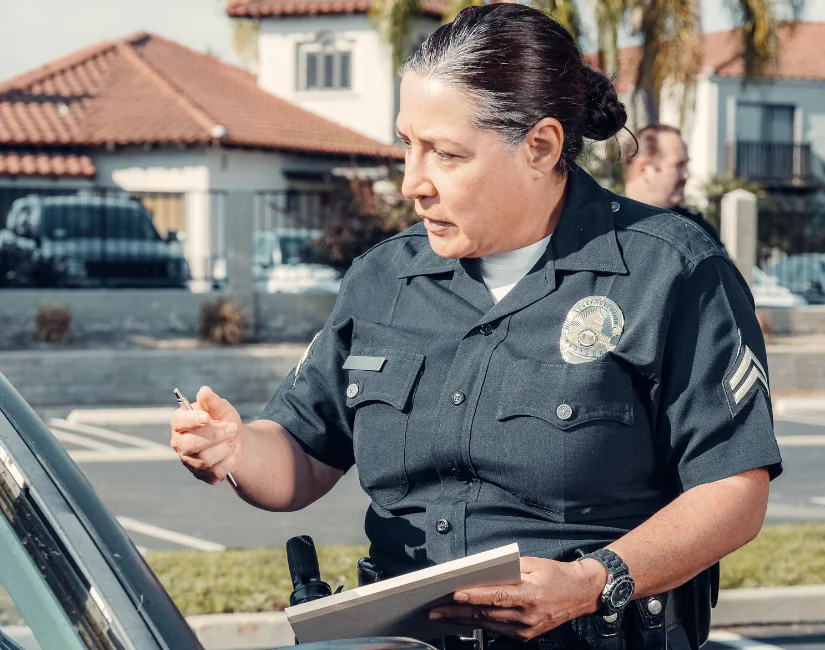The fact that speeding poses a huge threat to public safety is well documented. According to the NHTSA (National Highway Traffic Safety Administration), speeding has been involved in approximately one-third of all motor vehicle fatalities for over two decades. In 2020, speeding was a contributing factor in 29% of all traffic fatalities.
NHTSA and FHA Speed Enforcement Program Guidelines
Reducing speeding is a top priority for law enforcement agencies and effective speed enforcement is essential in reducing speed violations and lowering crash risk. NHTSA and the Federal Highway Administration have developed Speed Enforcement Program Guidelines to provide law enforcement with detailed information on how to implement and maintain an effective speed enforcement program. The guidelines were developed with input from many of the most successful law enforcement agencies in the United States. Topics include these areas:
Program Management
Successful speed enforcement program management involves collaborative efforts among law enforcement officials, policymakers, traffic engineers, the judicial system, and community. The speed program guidelines provide instruction on developing program goals, generating support, securing funding, and more.
Problem Identification
The effectiveness of a speed enforcement program depends on the identification of locations with a high rate of speed-related crashes. This involves analysis of crash data, speed citation data, engineering assessments and details of resident complaints.
Enforcement Countermeasures
Effective speed enforcement countermeasures include consideration of methods, training, and selection of equipment. The guidelines provide assistance with the selection of appropriate tactics that serve the community and are specific to the area’s speeding problems.
Role of Engineering
Roadway design and engineering studies play an important role in an effective speed enforcement program. Engineering can play a role in helping identify problem sites, conducting speed measurements, and planning appropriate countermeasures.
Communications Program
To be effective, a speed enforcement program should include communicating the dangers of speeding and raising awareness of the problem’s significance. A strong and well-organized media campaign will help engage the community with your efforts and foster a positive image for the program.
Speed awareness products are a great tool for bringing attention to speed enforcement initiatives. When these tools are used in conjunction with traffic data collection tools, they help law enforcement to identify periods of time where enforcement is needed. This way, the police can focus any limited speed enforcement resources when and where they are needed the most. SMART variable message signs, or VMS trailers are the perfect tools to increase speed awareness and road safety.
Kustom Signals Provides Assistance and Connection to Grant Programs
Kustom Signals is here to assist your department in the development of your speed enforcement program and selecting tools like Handheld RADAR, In-Car RADAR, RADAR Speed Displays, Traffic Data Collection tools and more.
If your department is low on funding, you can save money through grant programs that help with budget shortfalls. By connecting police departments with resources through the Kustom Signals partnerships with PoliceGrantsHelp, we’ve helped law enforcement leaders save money while advancing community safety.

